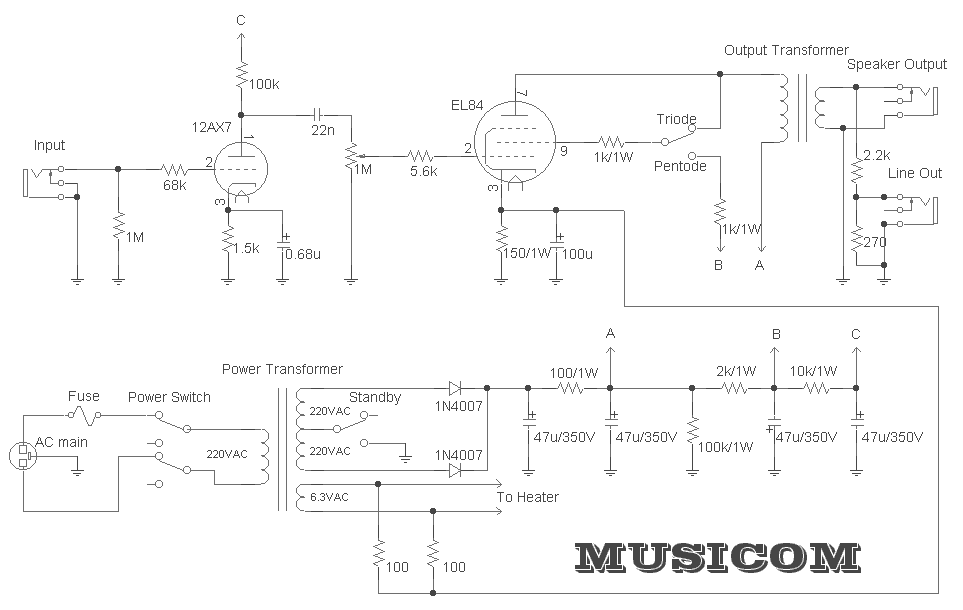6n6p V Drajvere Unch

1 2019-02-23. An increasing number of treatment plans for individuals with attention-deficit/hyperactivity disorder (ADHD), as well as other disorders, include stimulant medication. Download adobe premiere pro cs4 32 bit full crack archi.

Abstract Background Suicide among young people has emerged as a major public health issue in many low- and middle-income (LAMI) countries. Suicidal behaviour including ideation and attempt are the most important predictors of completed suicide and offer critical points for intervention. The aim of this study is to estimate the prevalence and risk factors for suicidal behaviour in young people in India. Method and findings Cross-sectional study of 3662 youth (16–24 years) from rural and urban communities in Goa, India. Suicidal behaviour during the recent 3 months and associated factors were assessed using a structured interview. Overall 144; 3.9% [95% confidence interval (CI) 3.3–4.6] youth reported any suicidal behaviour in the previous 3 months.
Suicidal behaviour was found to be associated with female gender Odds ratio (OR) 6.5 (95% CI 3.9–10.8), not attending school or college OR 1.6 (95% CI, 1.01–2.6), independent decision making OR 2.5 (95% CI 1.5–4.3), premarital sex OR 3.2 (95% CI 1.6–6.3), physical abuse at home OR 3.3 (95% CI 1.8–6.1), life time experience of sexual abuse OR 3.3 (95% CI 1.8-6.0) and probable common mental disorders (CMD) OR 9.5 (95% CI 6.3–14.5). Gender segregated analysis found independent decision making ( P = 0.68 for interaction), rural residence ( P = 0.01 for interaction) and premarital sex ( P = 0.41 for interaction) retained association with suicidal behaviour only among females ( P. ,,, Introduction Global mortality data indicates suicide as the fourth leading cause of death among young males and the third for young females. Reliable statistics on completed suicides are uncommon in many low- and middle-income (LAMI) countries including India. Maltego activation key. Official data from India demonstrates a 27.7% increase in recorded number of suicides between 1995 and 2005 with a current suicide rate of 10.5/1 000 000.
About 35% of suicides occur amongst youth (15–29 years). Two recent studies from south India, using a verbal autopsy method show that official rates are likely to be gross underestimates of the true rates. One study, for example, reported a rate of 152/100 000 for girls and 69/100 000 for boys aged 15–19 years between 1992 and 2001. Compared with the rates from high-income countries, these rates are about 50–70 times higher for girls and about four times higher for boys., Thus, suicide among young people has emerged as a major public health issue in India. Suicidal behaviours, including ideation and attempt are a harbinger of completed suicide. Suicidal ideation refers to thoughts of harming or killing oneself and attempted suicide is a non-fatal, self-inflicted destructive act with explicit or inferred intent to die.